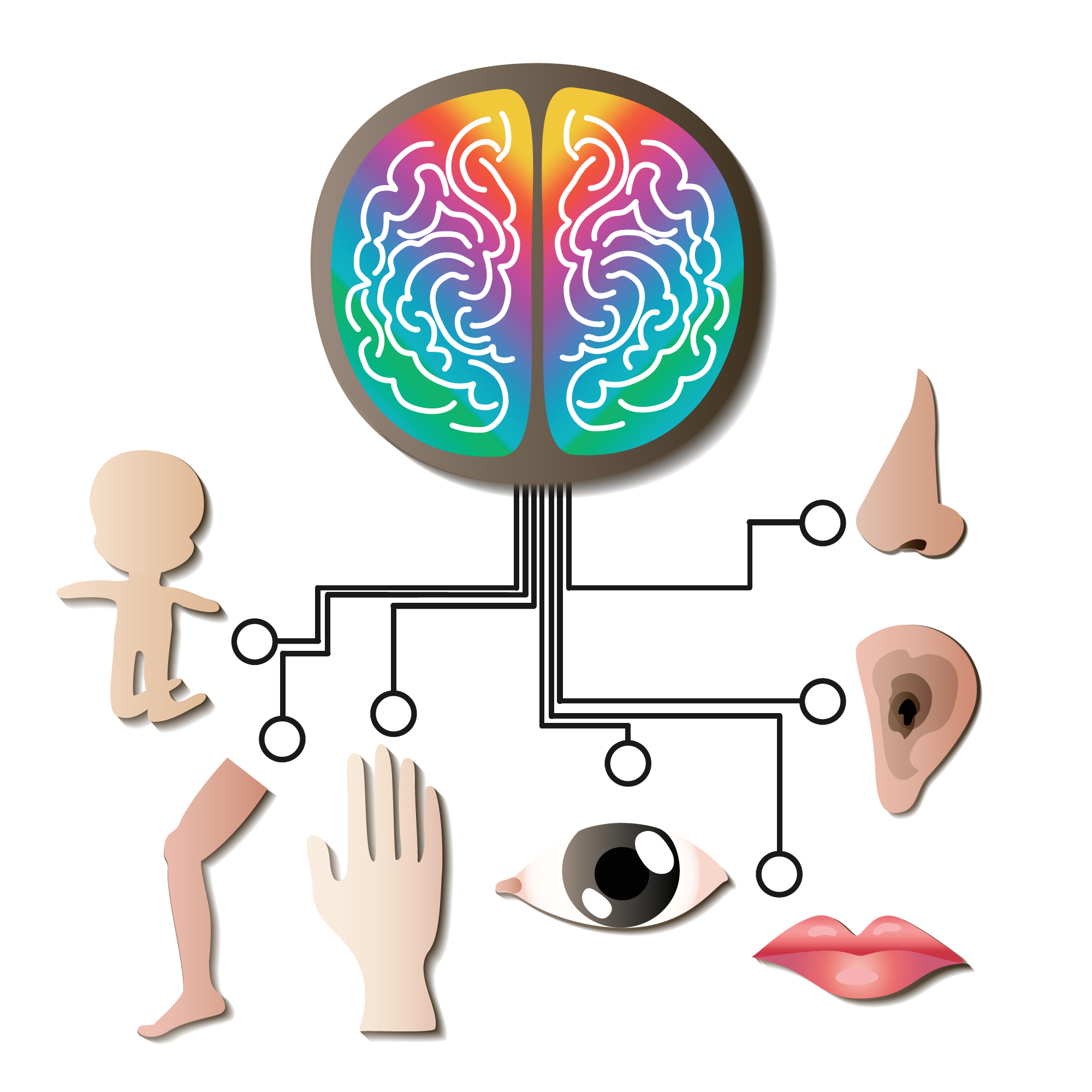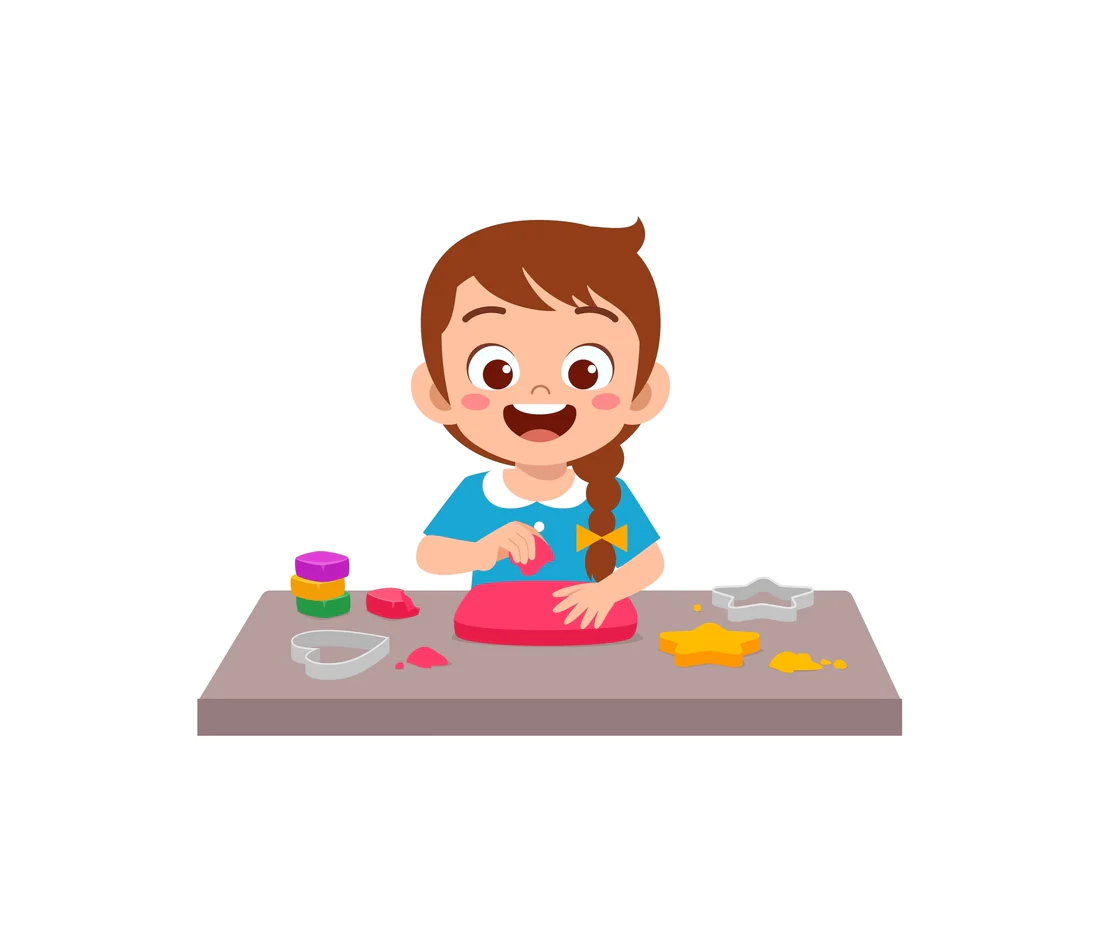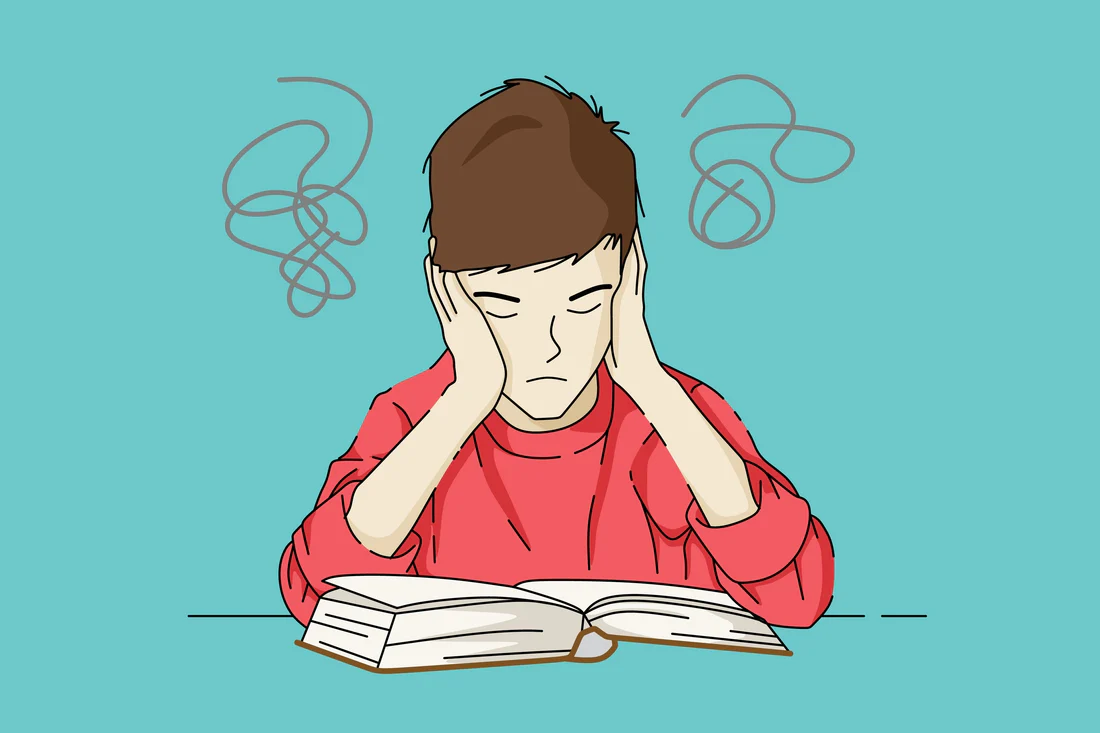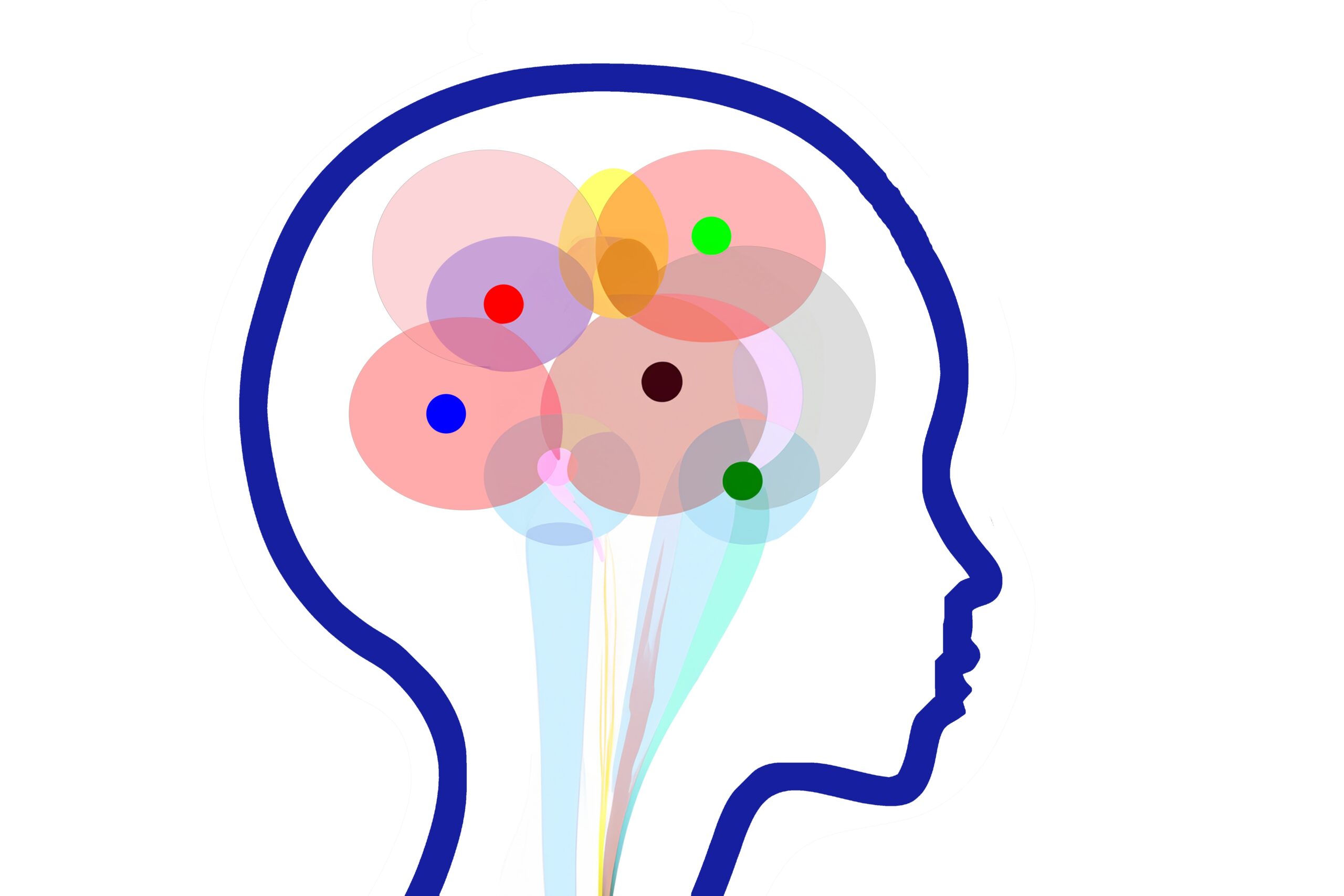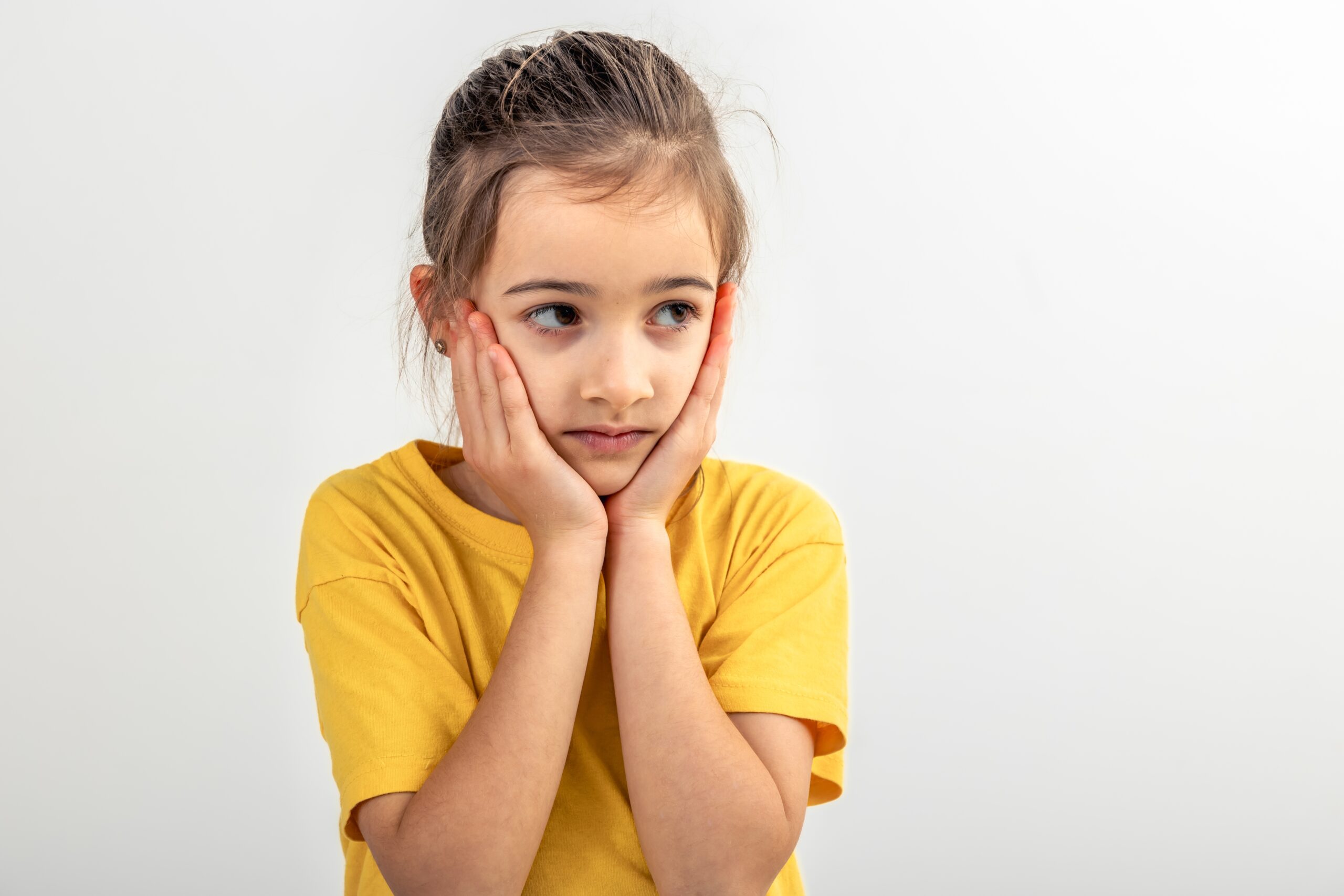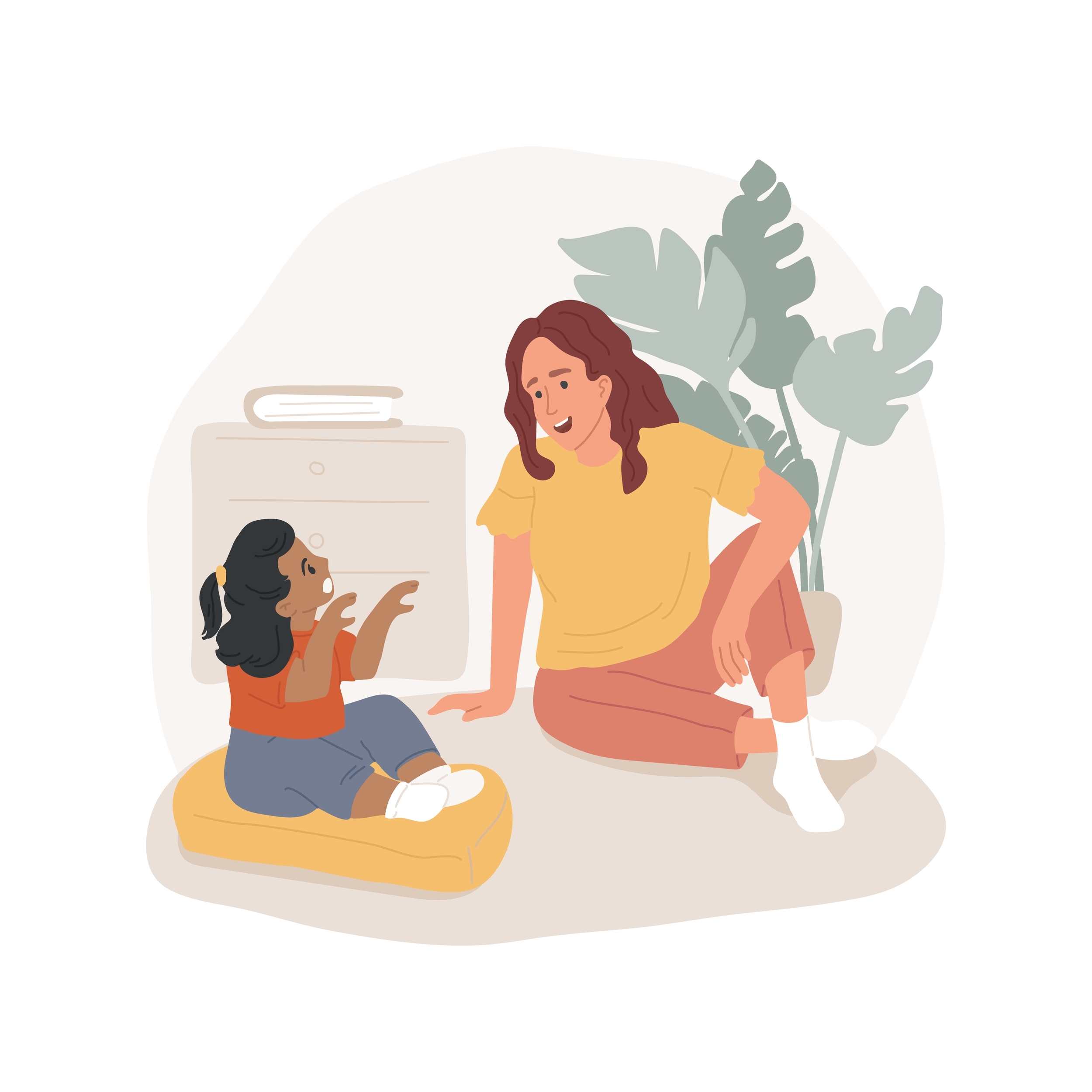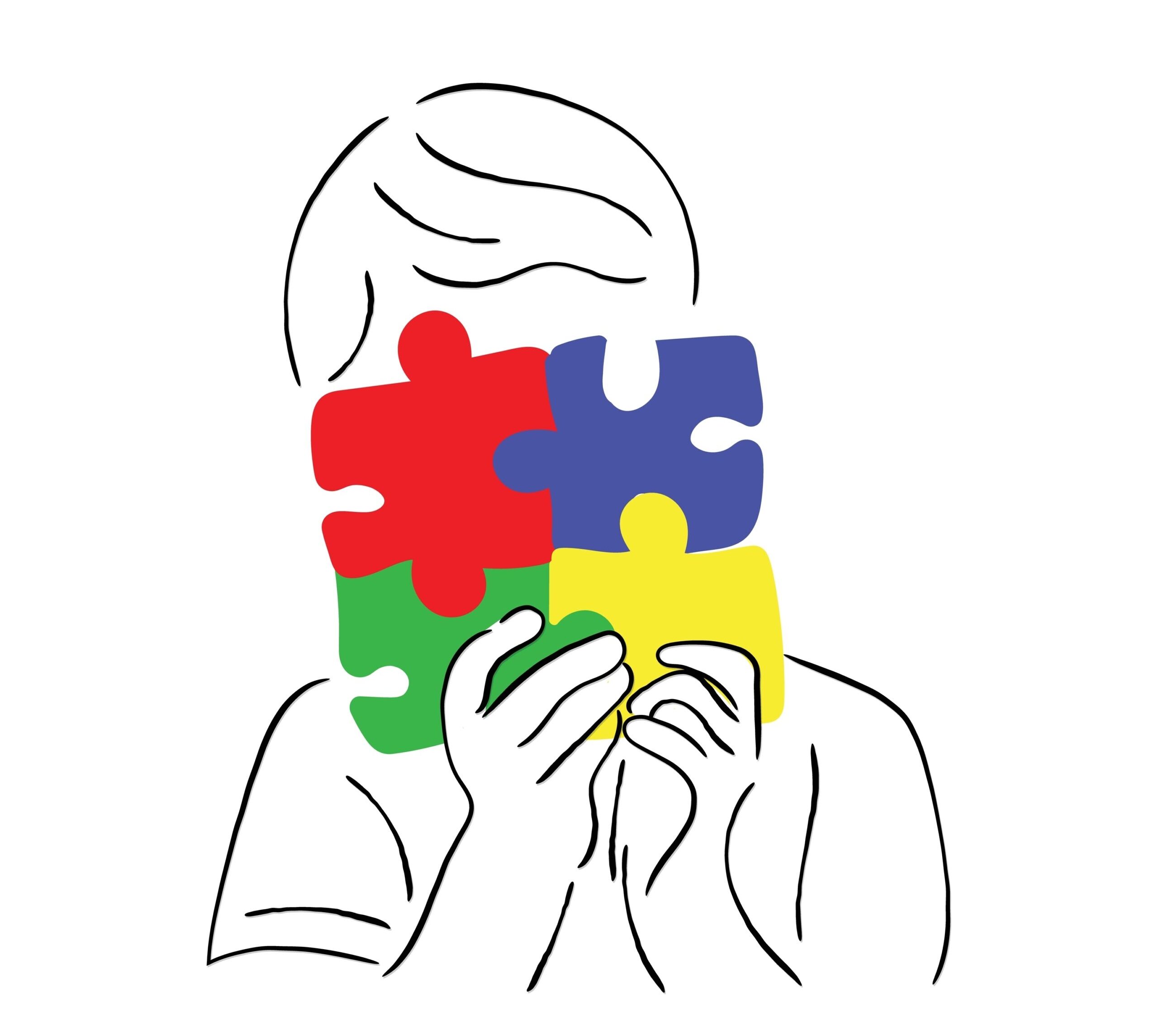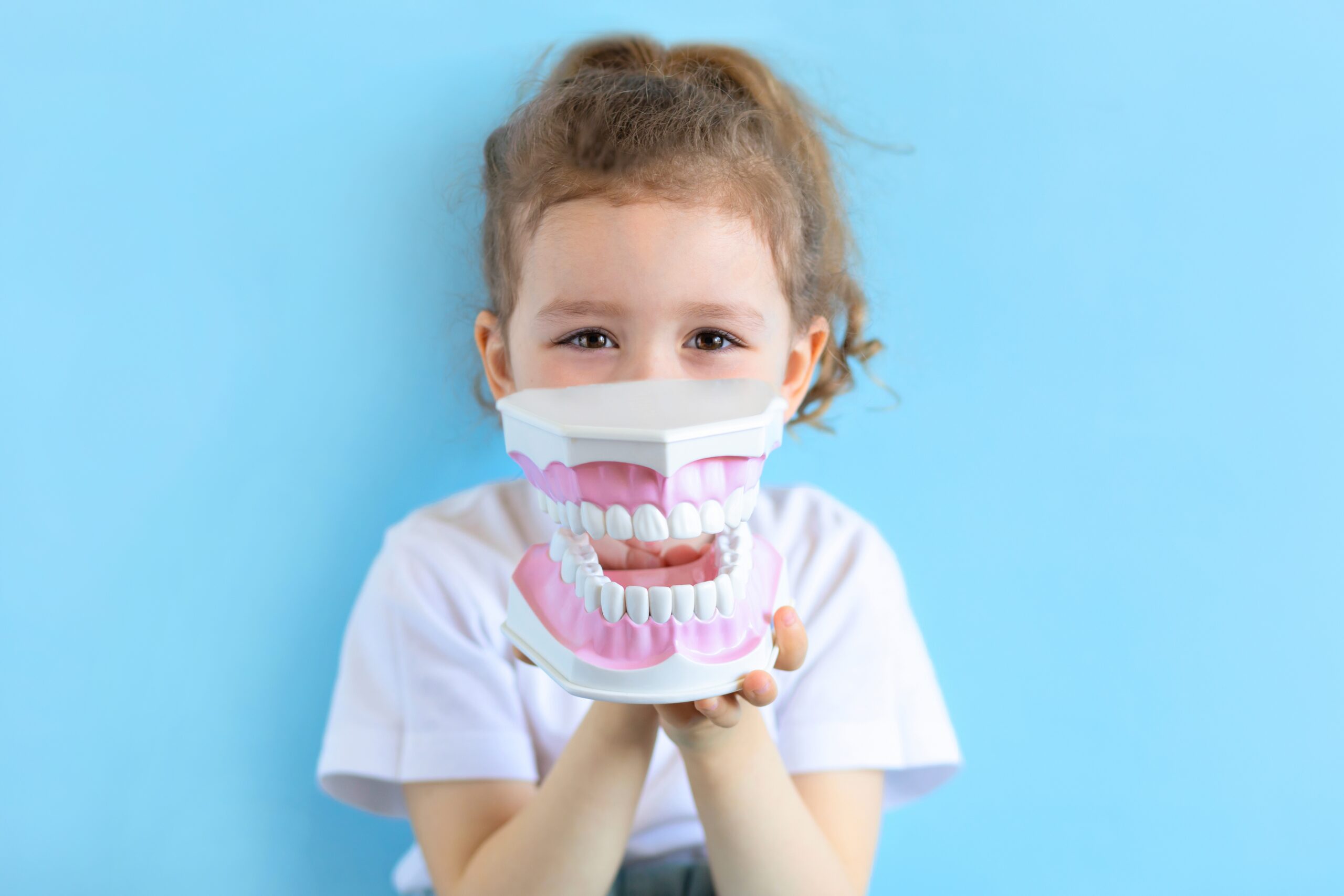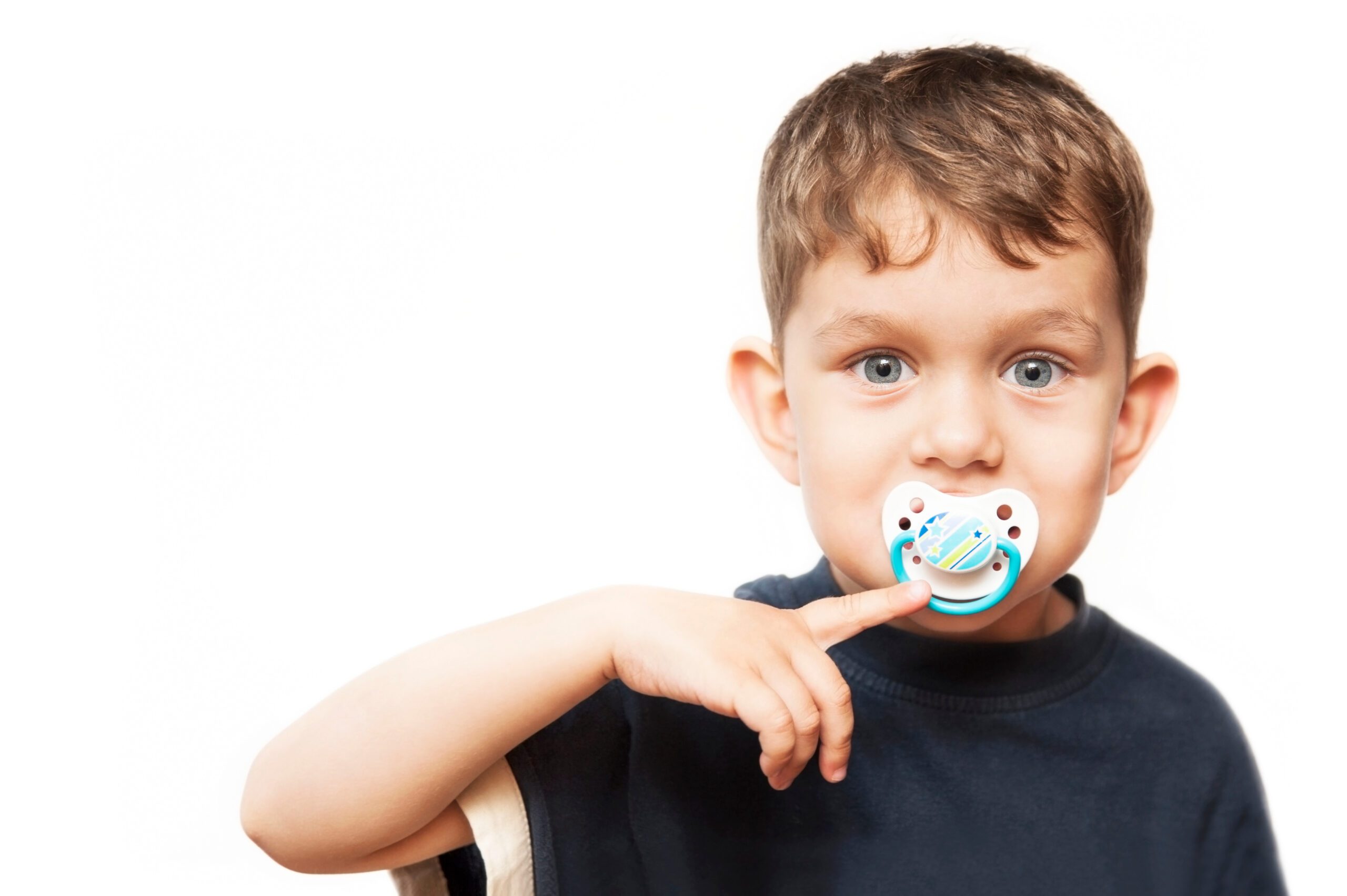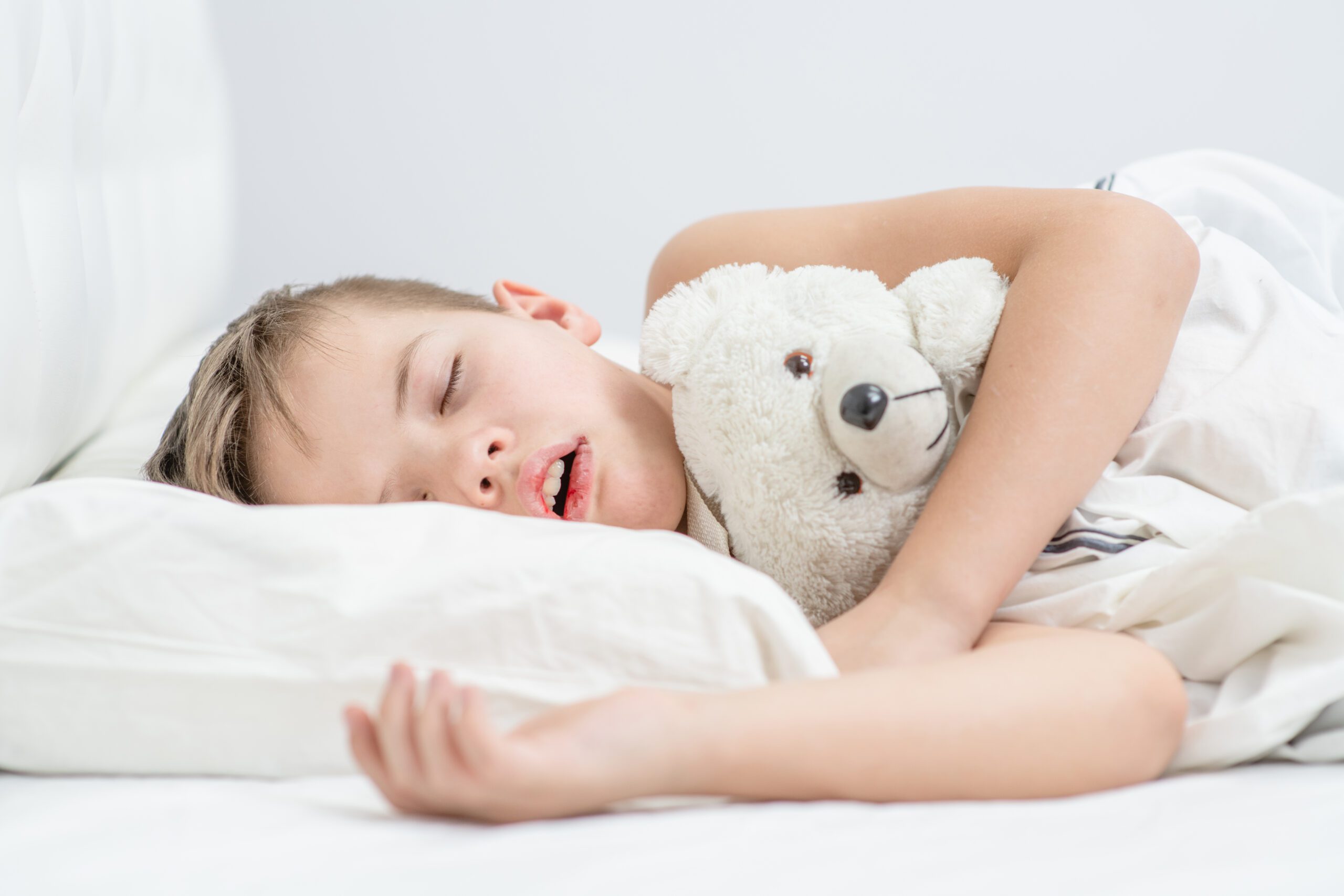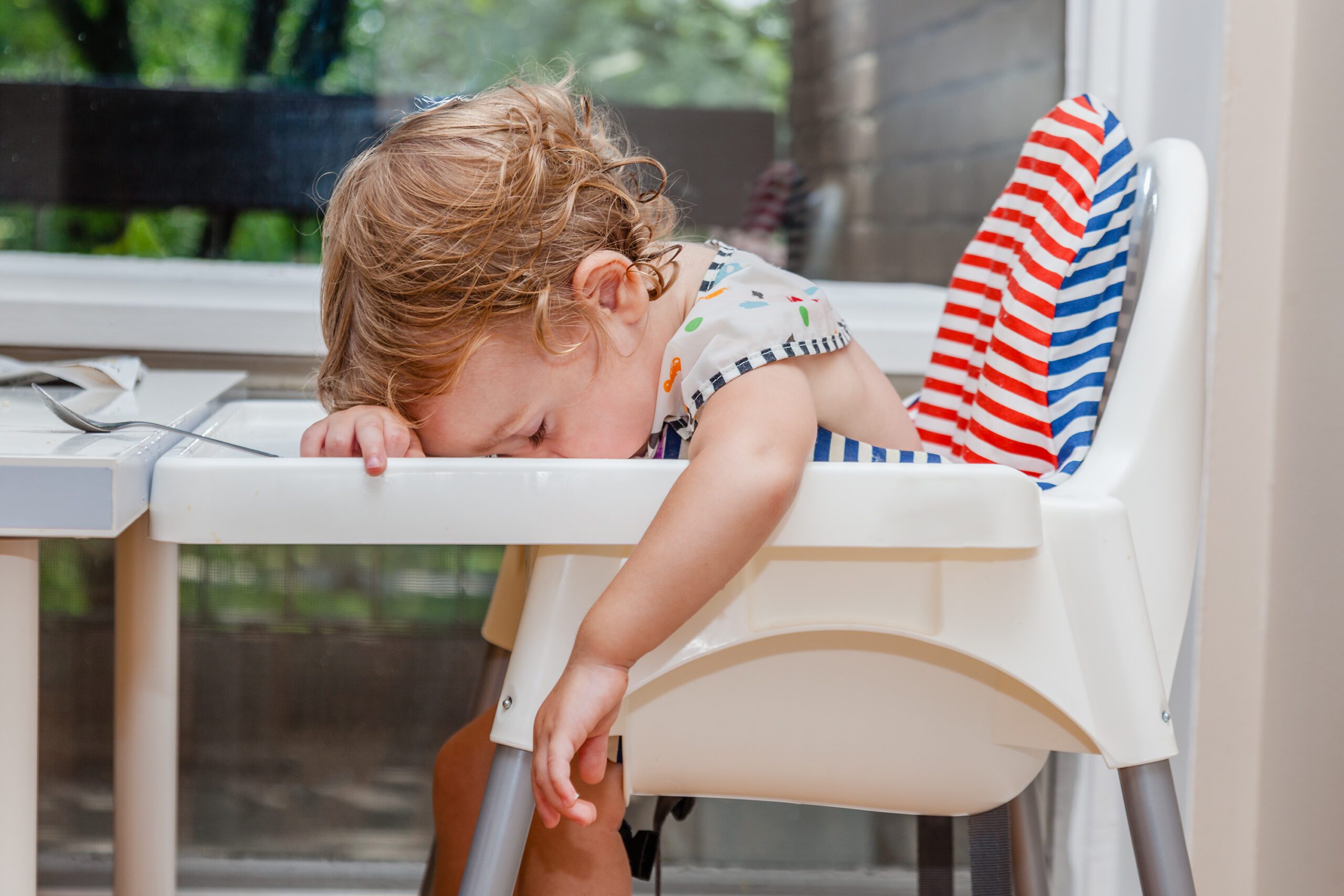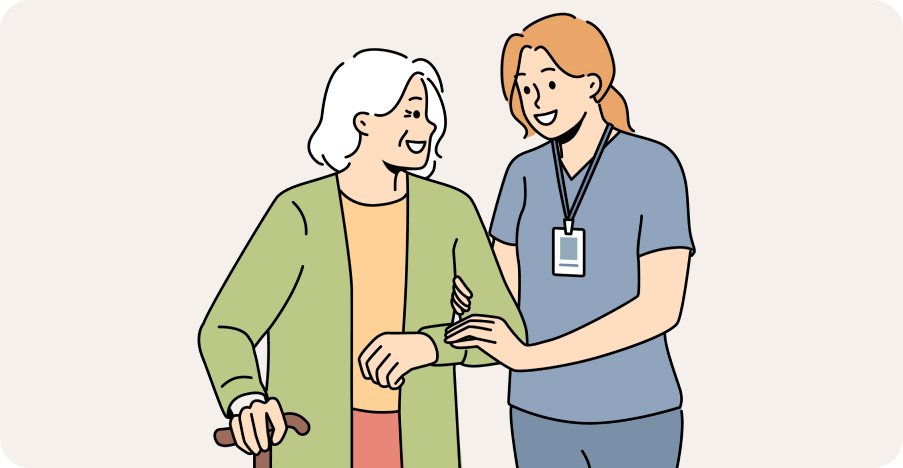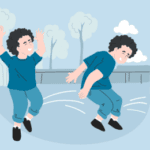
Sensory Processing Disorder
- Signs and Symptoms of Sensory Processing Disorder in Children
- Sensory Processing Disorder in Teens: Signs, Symptoms, Diagnosis & Treatment
- Sensory Processing Disorder (SPD) in Adults: Signs, Diagnosis, Treatment & Coping Strategies
- Types of Sensory Processing Disorder (SPD): Symptoms, Characteristics & Treatment
- Sensory Processing Disorder Treatment Options & Best Therapies for SPD in Children and Adults
- Living with Sensory Processing Disorder: Daily Tips, Support Strategies, and Family Guidance
- Vestibular and Proprioceptive Processing in Sensory Processing Disorder (SPD)
- Causes and Risk Factors of Sensory Processing Disorder (SPD): What Science Knows
- How Is Sensory Processing Disorder Diagnosed? Tests, Signs, and Evaluation Tools
- Stimming Behaviors in Sensory Processing Disorder: What They Are and Why They Matter
- Sensory Processing Disorder and Learning: How Sensory Challenges Affect Education
- Sensory Diet Strategies for Kids: Effective Tools for Sensory Regulation
- Sensory Integration Disorder and Sensory Integration Therapy
- Sensory Discrimination Disorder
- Sensory Modulation Disorder: Symptoms, Subtypes, and Treatment Strategies
- Sensory Over-Responsivity (SOR): Signs, Causes, and How to Help Kids and Adults Cope
- Sensory Under-Responsivity: Signs, Causes, and Support for Children and Adults
- Sensory-Based Motor Disorder: Signs, Symptoms, and Effective Treatments for Children and Adults
- Visual Processing Disorder: Signs, Symptoms & How to Support Visual Learning Challenges
- Auditory Processing Disorder (APD): Symptoms, Diagnosis & Treatment for Children and Adults
- Sensory Seeking/Craving: Understanding, Identifying, and Supporting Sensory Seekers
- Dyspraxia (Developmental Coordination Disorder): Understanding SBMD and Its Impact
- Postural Disorder: Causes, Symptoms & Treatment | Sensory-Based Motor Disorder Guide
Vestibular and Proprioceptive Processing in Sensory Processing Disorder (SPD): Understanding Movement and Body Awareness Challenges

Authored by: The DrSensory Editorial Team
Reviewed by: 🛡️ DrSensory Clinical Review Board
Last updated: June 2025
- Understanding Proprioceptive Processing Issues
- How Vestibular and Proprioceptive Issues Affect Daily Life
- Therapies and Treatment Strategies for Vestibular & Proprioceptive Dysfunction
- Best Sensory Tools and Toys for Vestibular and Proprioceptive Support
- How Parents and Educators Can Support Children with Vestibular/Proprioceptive SPD
- What is the difference between vestibular and proprioceptive processing in SPD?
- Can someone have both vestibular and proprioceptive dysfunction?
- How is vestibular and proprioceptive SPD diagnosed?
- Do vestibular and proprioceptive issues go away with therapy?
Overview: What Are the Vestibular and Proprioceptive Systems?
The vestibular system helps us maintain balance, posture, and spatial orientation by detecting movement and changes in head position. It’s located in the inner ear and is essential for knowing where our body is in space.
The proprioceptive system involves receptors in our muscles and joints that send signals to the brain about body position, pressure, and movement—helping with coordination and motor planning.
In Sensory Processing Disorder, dysfunction in these systems can lead to symptoms like poor balance, clumsiness, fear of movement, or sensory-seeking behaviors like crashing into furniture or constant fidgeting.
Signs of Vestibular Processing Challenges in SPD
When the vestibular system is not processing correctly, children or adults may appear:
- Overly fearful of movement (e.g., hates swings, climbing, or elevators)
- Extremely active and constantly spinning or jumping
- Poor at balancing, frequently falls or bumps into things
- Motion sick easily in cars or rides
- Uncoordinated in activities requiring balance or head control
Some individuals are under-responsive and seek intense movement, while others are over-responsive and avoid it entirely.
Understanding Proprioceptive Processing Issues
Children with proprioceptive dysfunction may:
- Push too hard with a pencil or slam doors unknowingly
- Trip over their feet or appear clumsy
- Seek deep pressure by crashing, stomping, or biting
- Struggle with fine motor skills like buttoning shirts or using utensils
- Seem unaware of their own strength or body boundaries
They often seek input from heavy work, deep pressure, or resistance activities to feel “grounded” in their bodies.
How Vestibular and Proprioceptive Issues Affect Daily Life
When vestibular and proprioceptive systems are dysregulated, everyday tasks become challenging. These children or adults may:
- Avoid playgrounds or climbing activities
- Have trouble riding a bike or participating in sports
- Show extreme fear or seek thrills with no fear of falling
- Struggle with posture at a desk, handwriting, or even walking smoothly
- Appear constantly restless, fatigued, or uncoordinated
These issues can also affect learning, attention, and social confidence, especially in school or group environments.
Therapies and Treatment Strategies for Vestibular & Proprioceptive Dysfunction
Occupational therapy with a sensory integration approach is the most effective treatment. Therapists use play-based vestibular and proprioceptive activities to retrain the brain’s sensory pathways.
Examples include:
- Swinging, bouncing, and spinning activities in controlled settings
- Balance beams and obstacle courses
- Weighted blankets and compression vests
- Heavy work activities: pushing, pulling, carrying, climbing
- Joint compressions and resistive play (like tug-of-war)
Consistency and repetition are key. The brain adapts over time, improving sensory integration and self-regulation.
Best Sensory Tools and Toys for Vestibular and Proprioceptive Support
Parents and caregivers can reinforce therapy at home using targeted sensory tools:
For vestibular input:
- Indoor sensory swings
- Sit-n-spin toys
- Mini-trampolines
- Scooter boards
For proprioceptive input:
- Weighted vests and lap pads
- Therapy putty or resistance bands
- Body socks
- Animal walks or yoga poses
- Sensory chew tools
These tools support self-regulation, attention, and calming throughout the day.
How Parents and Educators Can Support Children with Vestibular/Proprioceptive SPD
Support starts with recognizing sensory needs and responding with understanding, not discipline.
Tips for families and teachers:
- Build movement breaks into routines
- Allow sensory-friendly seating or fidgets in classrooms
- Offer deep pressure or heavy work before focused tasks
- Avoid punishment for clumsiness or avoidance
- Work with an OT to create a home or school sensory diet
Collaborative, informed support reduces frustration and promotes development.
What is the difference between vestibular and proprioceptive processing in SPD?
Vestibular processing relates to balance and head movement through the inner ear, while proprioceptive processingrelates to body position and muscle/joint feedback. In SPD, dysfunction in either or both can lead to difficulty with coordination, posture, and movement regulation. Children may avoid movement, constantly seek it, or have trouble controlling their body in space.
Can someone have both vestibular and proprioceptive dysfunction?
Yes—many individuals with SPD have challenges in both systems. A child who is under-responsive to vestibular input might crave spinning and jumping, while also having poor proprioception, leading to clumsy or unsafe movements. Dual dysfunction is common and should be addressed in therapy together.
How is vestibular and proprioceptive SPD diagnosed?
Diagnosis is usually made by a licensed occupational therapist using standardized assessments like the Sensory Profile, along with observation and parent input. The OT will test for balance, coordination, body awareness, and response to movement and resistance tasks.
Do vestibular and proprioceptive issues go away with therapy?
With consistent therapy, symptoms often improve significantly, though some sensory needs may persist into adulthood. Early intervention leads to better outcomes. Sensory integration therapy helps the brain process input more effectively over time, allowing for better motor control, regulation, and confidence.
This page provides general educational content and is not a substitute for professional medical advice. Always consult a licensed provider for diagnosis and treatment.
View privacy policy, copyright and trust info
More on SPD

- Signs and Symptoms of Sensory Processing Disorder in Children
- Sensory Processing Disorder in Teens: Signs, Symptoms, Diagnosis & Treatment
- Sensory Processing Disorder (SPD) in Adults: Signs, Diagnosis, Treatment & Coping Strategies
- Types of Sensory Processing Disorder (SPD): Symptoms, Characteristics & Treatment
- Sensory Processing Disorder Treatment Options & Best Therapies for SPD in Children and Adults
- Living with Sensory Processing Disorder: Daily Tips, Support Strategies, and Family Guidance
- Vestibular and Proprioceptive Processing in Sensory Processing Disorder (SPD)
- Causes and Risk Factors of Sensory Processing Disorder (SPD): What Science Knows
- How Is Sensory Processing Disorder Diagnosed? Tests, Signs, and Evaluation Tools
- Stimming Behaviors in Sensory Processing Disorder: What They Are and Why They Matter
- Sensory Processing Disorder and Learning: How Sensory Challenges Affect Education
- Sensory Diet Strategies for Kids: Effective Tools for Sensory Regulation
- Sensory Integration Disorder and Sensory Integration Therapy
- Sensory Discrimination Disorder
- Sensory Modulation Disorder: Symptoms, Subtypes, and Treatment Strategies
- Sensory Over-Responsivity (SOR): Signs, Causes, and How to Help Kids and Adults Cope
- Sensory Under-Responsivity: Signs, Causes, and Support for Children and Adults
- Sensory-Based Motor Disorder: Signs, Symptoms, and Effective Treatments for Children and Adults
- Visual Processing Disorder: Signs, Symptoms & How to Support Visual Learning Challenges
- Auditory Processing Disorder (APD): Symptoms, Diagnosis & Treatment for Children and Adults
- Sensory Seeking/Craving: Understanding, Identifying, and Supporting Sensory Seekers
- Dyspraxia (Developmental Coordination Disorder): Understanding SBMD and Its Impact
- Postural Disorder: Causes, Symptoms & Treatment | Sensory-Based Motor Disorder Guide
Find a Therapist near you
Are you looking for a physical, occupational, or speech therapist in your area?
Look no further than the DrSensory Therapist Database and Clinic Directory!
Find a Therapist
Find the physical therapist, occupational therapist, or speech language pathologist you’re looking for!
Ask Us Anything
Whether you are looking for advice, have a general question about sensory processing, or looking for resources.
Submit Your Story
Share your story about your child. Let’s celebrate milestones and learn more about challenges.







































